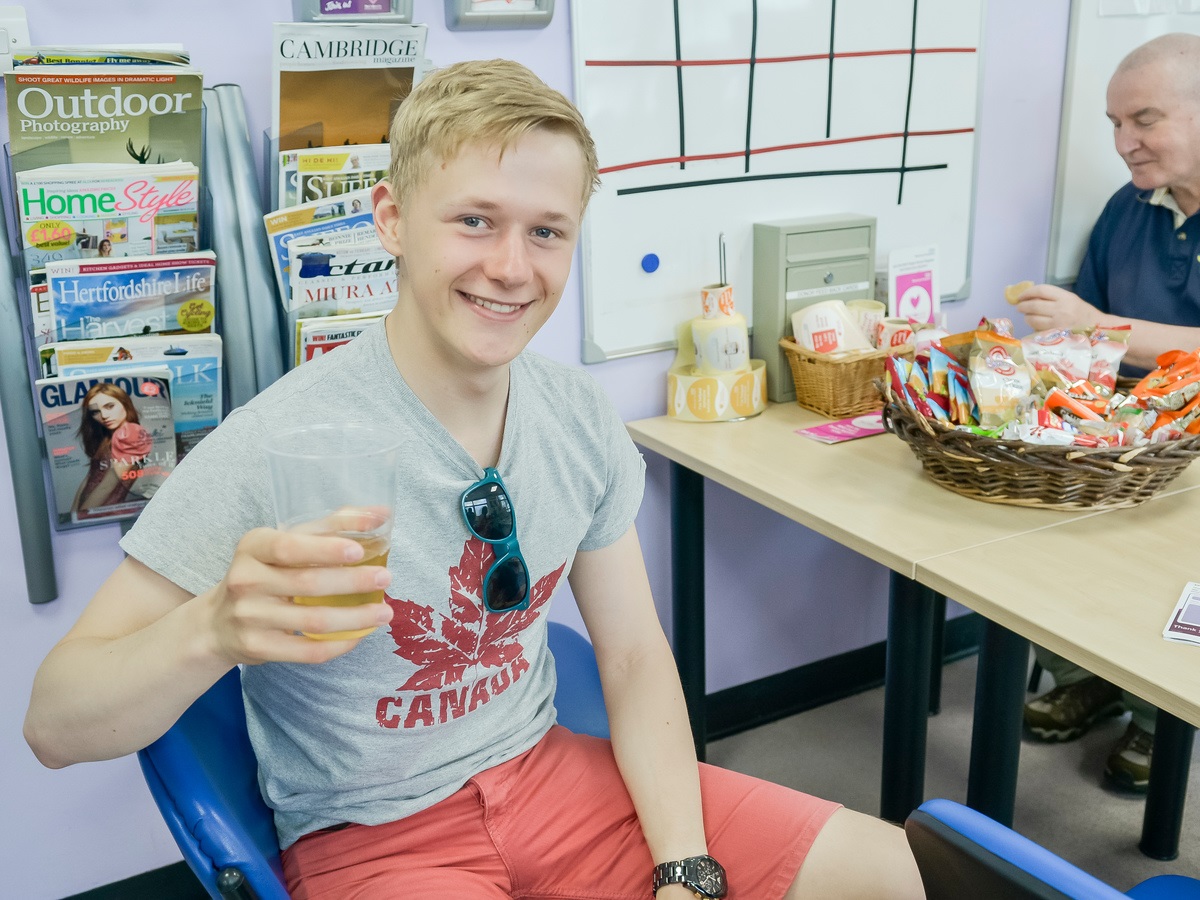Cambridge’s blood donors stand out for World Kindness Day
To Celebrate World Kindness Day (13th November) NHS Blood and Transplant is urging people to register as blood donors to help others.
To Celebrate World Kindness Day (13th November) NHS Blood and Transplant is urging people to register as blood donors to help others.
Nearly 5,000 donations are needed every day to meet the need of patients in England, so it’s crucial there are enough registered donors to step up and help meet demand.
 New figures released for World Kindness Day show that Cambridge Donor Centre has the highest proportion of blood donors for its population, compared to the 23 other permanent donor centres across England. (1)(2)
New figures released for World Kindness Day show that Cambridge Donor Centre has the highest proportion of blood donors for its population, compared to the 23 other permanent donor centres across England. (1)(2)
In Cambridge, 4.89% of the residents donate at the donor centre. On average, 2.84% of the population in the other towns and cities donate at their permanent donor centres. (3)
NHSBT still visits community venues but increasingly collects blood at the 23 permanent donor centres.
Cambridge Donor Centre is based on the site of Papworth and Addenbrookes hospitals. The commitment of the hospital staff and the large student population in Cambridge are believed to contribute to the high number of donors in the area.
Alan Wakeman, Cambridge Blood Donor Centre Manager, said: “We are really grateful to all our loyal donors in Cambridge who help to save and improve lives.
“It’s fantastic to hear we have such generous residents here in Cambridge but we always need people to register at all our 23 donor centres.
“Donor centres are the perfect place to make your first donation, we have appointments in the evenings and weekends, and you will find out your blood type a few weeks after donating.”
There are certain donors that are especially in demand: younger donors, people with O negative blood, and black donors. (4)
Notes
- NHSBT has 23 permanent donor centres in London (Tooting, Edgware, West End) Manchester (Plymouth Grove and Norfolk House), Cambridge, Luton, Nottingham, Sheffield, Leicester, Bradford, Leeds, Newcastle, Lancaster, Liverpool, Stoke, Birmingham, Bristol, Gloucester, Oxford, Southampton, Poole and Plymouth. Our mobile teams also collect blood at community venues such as church halls around the country.
- The figures are measured on the eligible population that live in the same local authority as the donor centre. The research does not take into account donors that live in the local authority but donate elsewhere, such as mobile sessions.
- Nationally about 1.5% of the eligible population donate blood. NHSBT needs to collect around 1.4m units of blood a year to meet hospital demand. It does not need to collect as much as possible.
- In demand donors:
- Young donors – Each year, younger people are needed to start donating to replace those who can no longer donate for reasons such as age and ill health.
- O negative donors - The universal blood type that can be given to everyone. It is often used when a patient’s blood type is not known, for example in an emergency situation.
- Black donors – Patients often receive the best matched blood from people of the same ethnicity but currently there aren’t enough black donors. It’s important we have enough black donors to help black patients get the best treatment.
Image: donor Robin Hedley enjoys a refreshing drink at the tea table after giving blood
